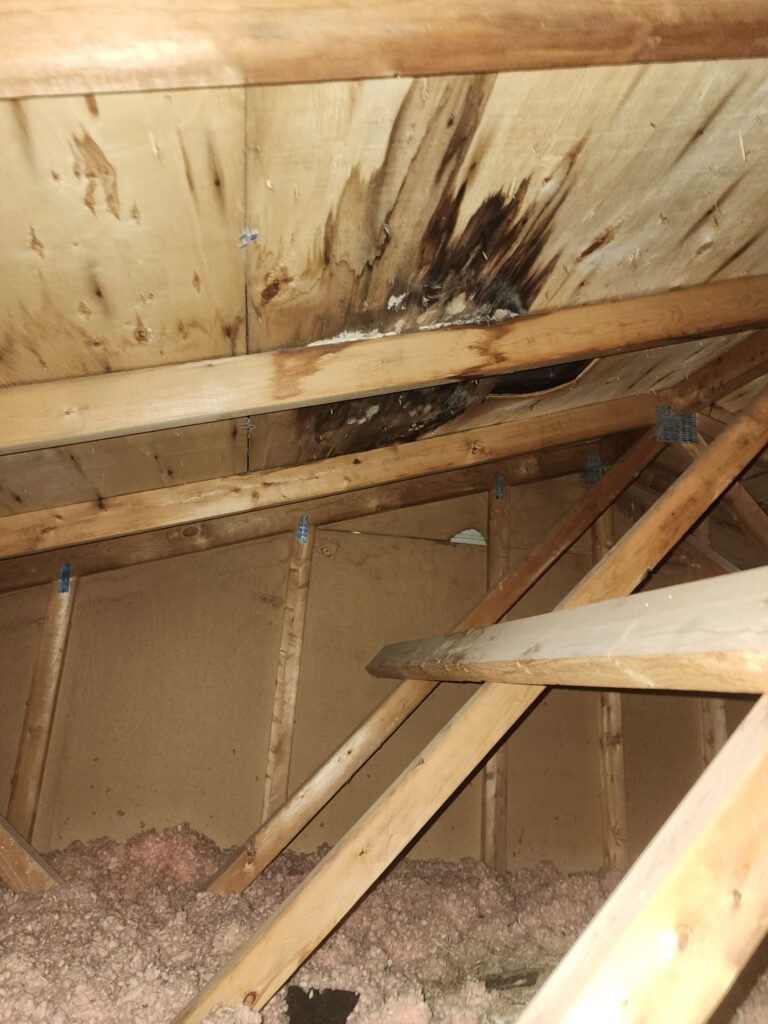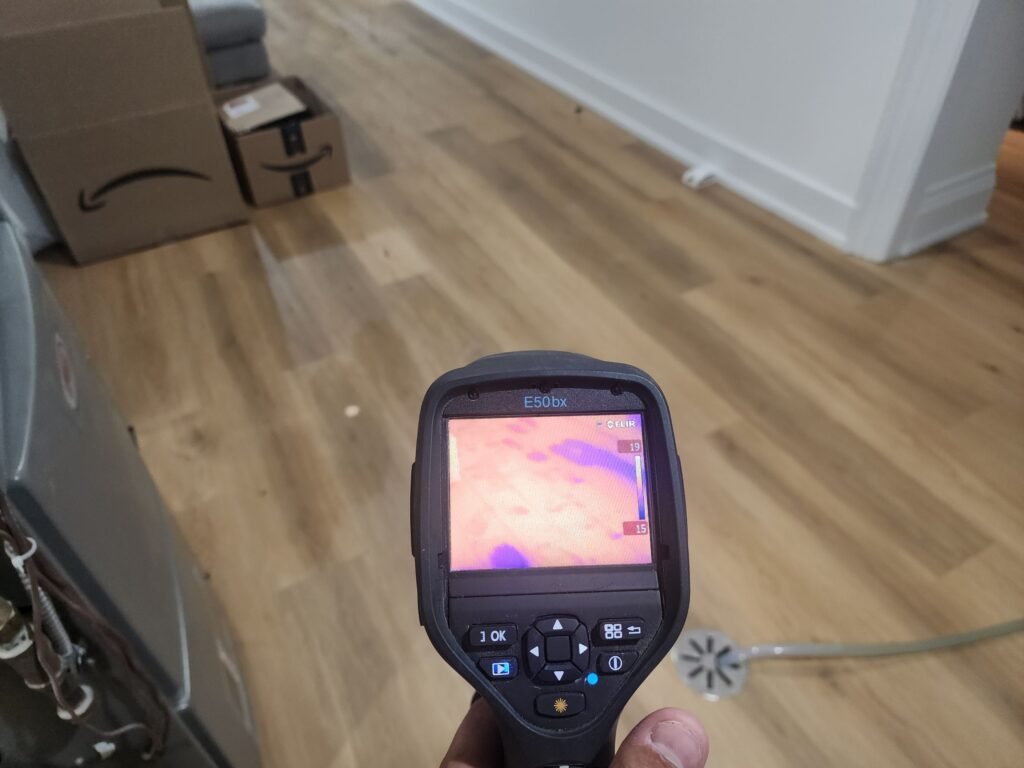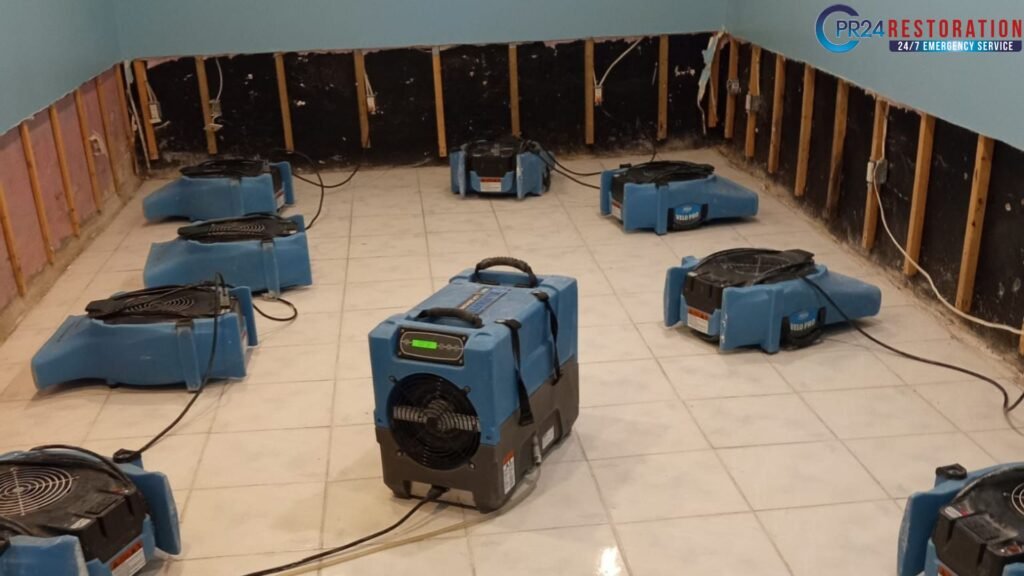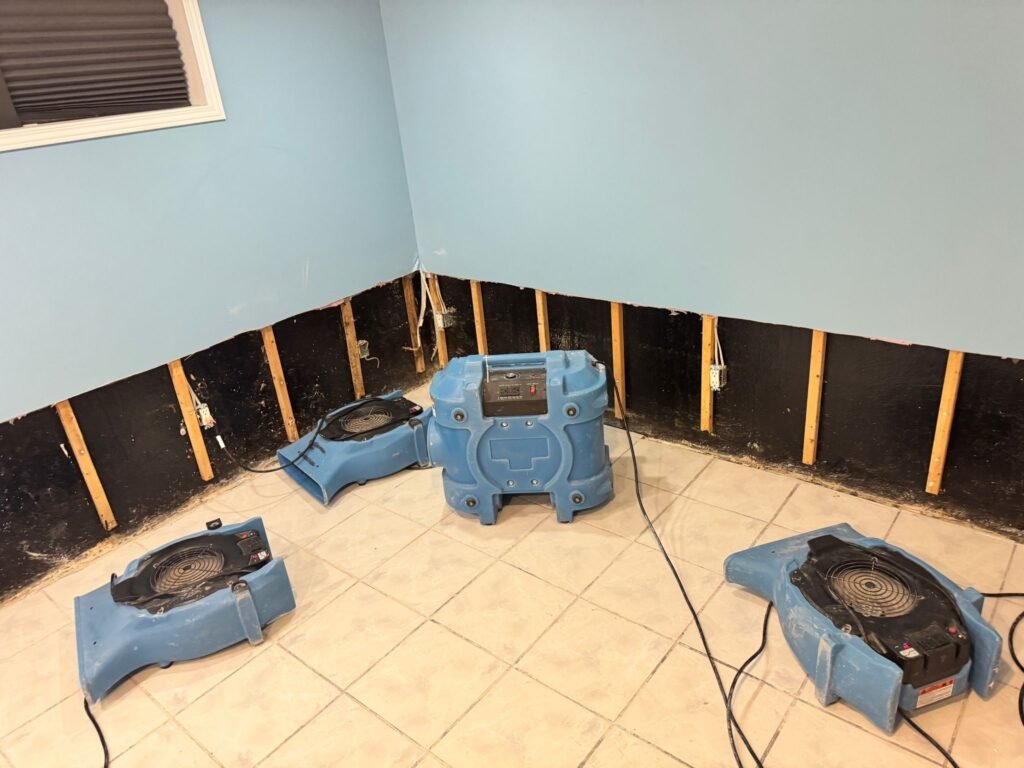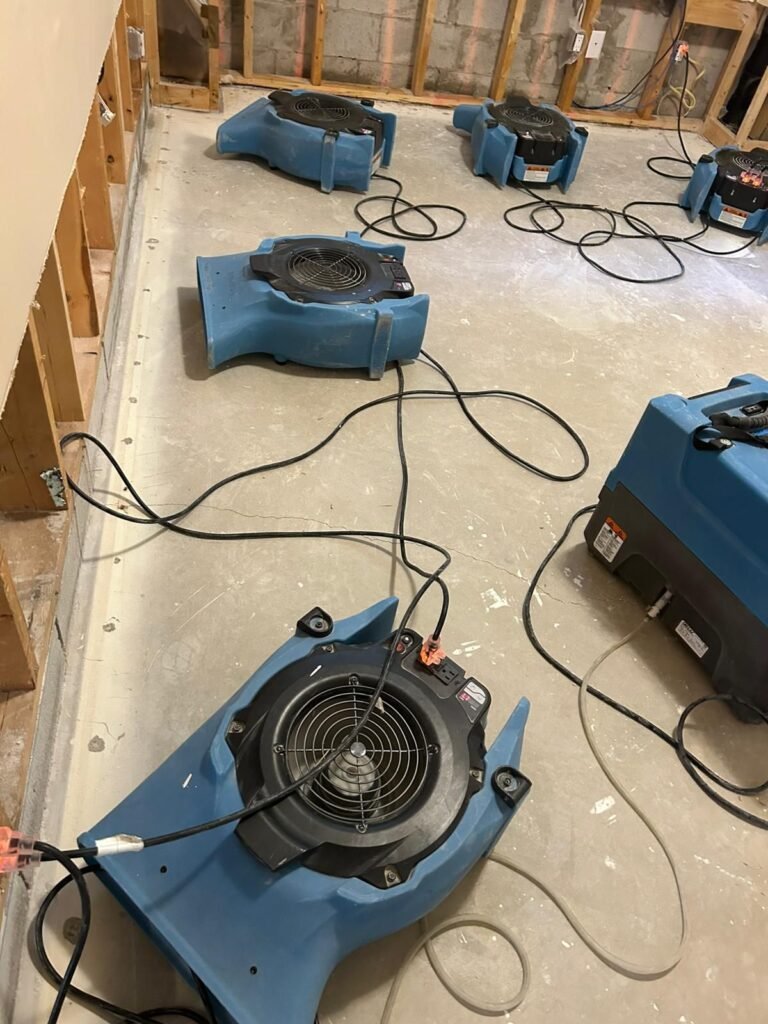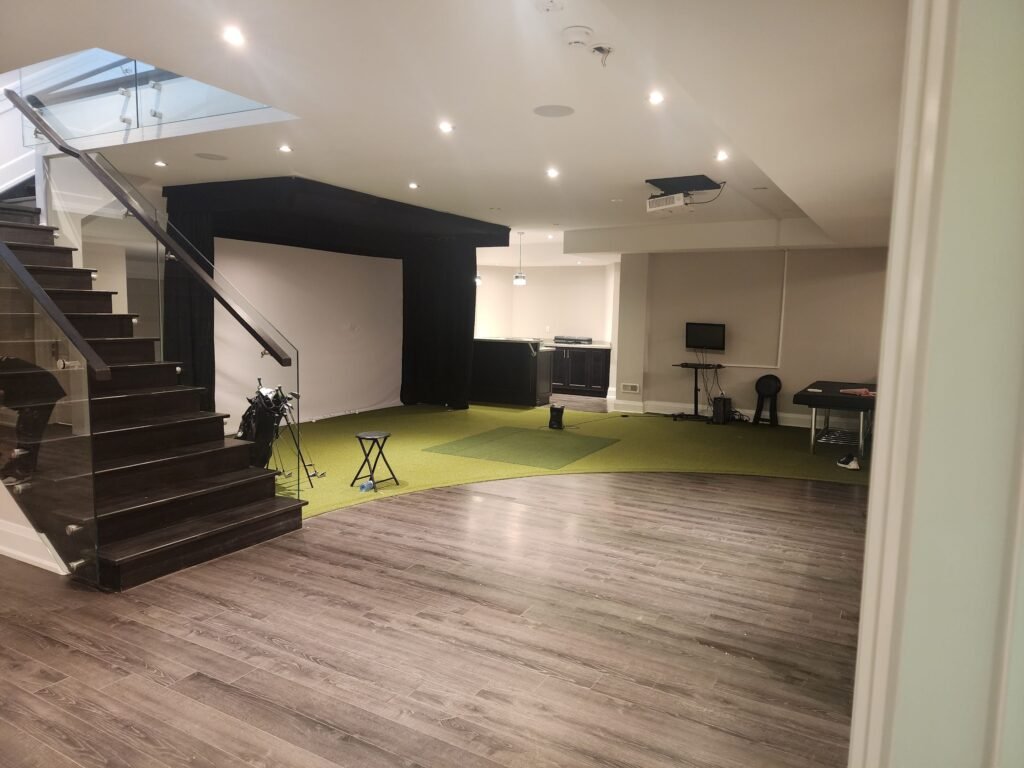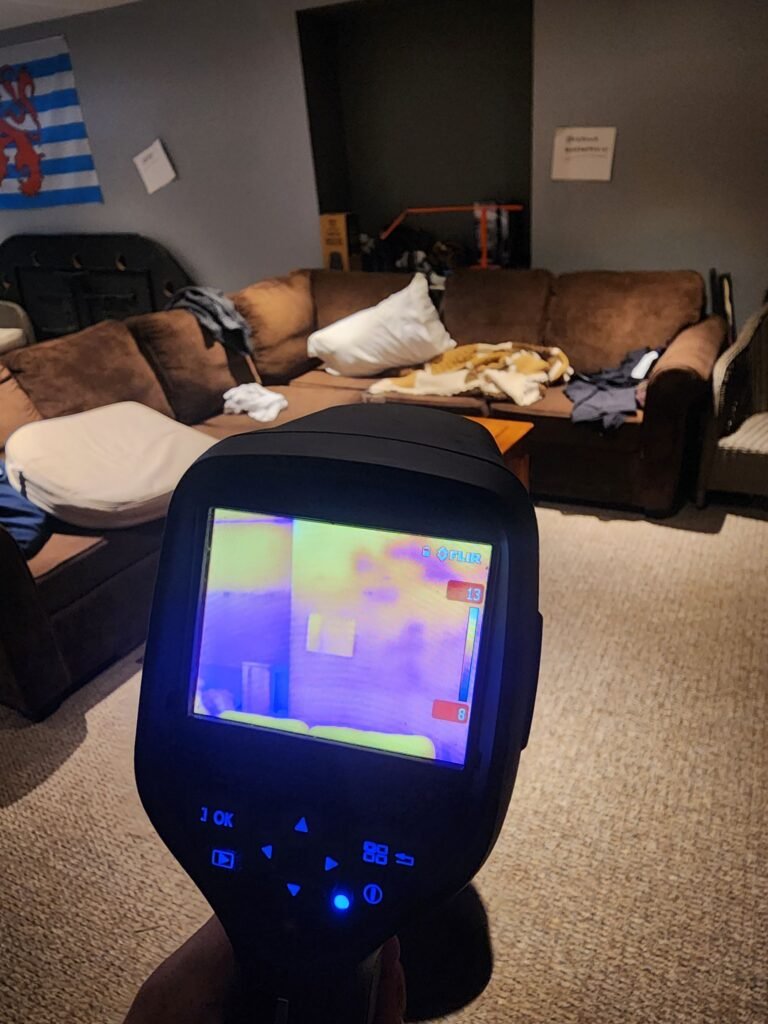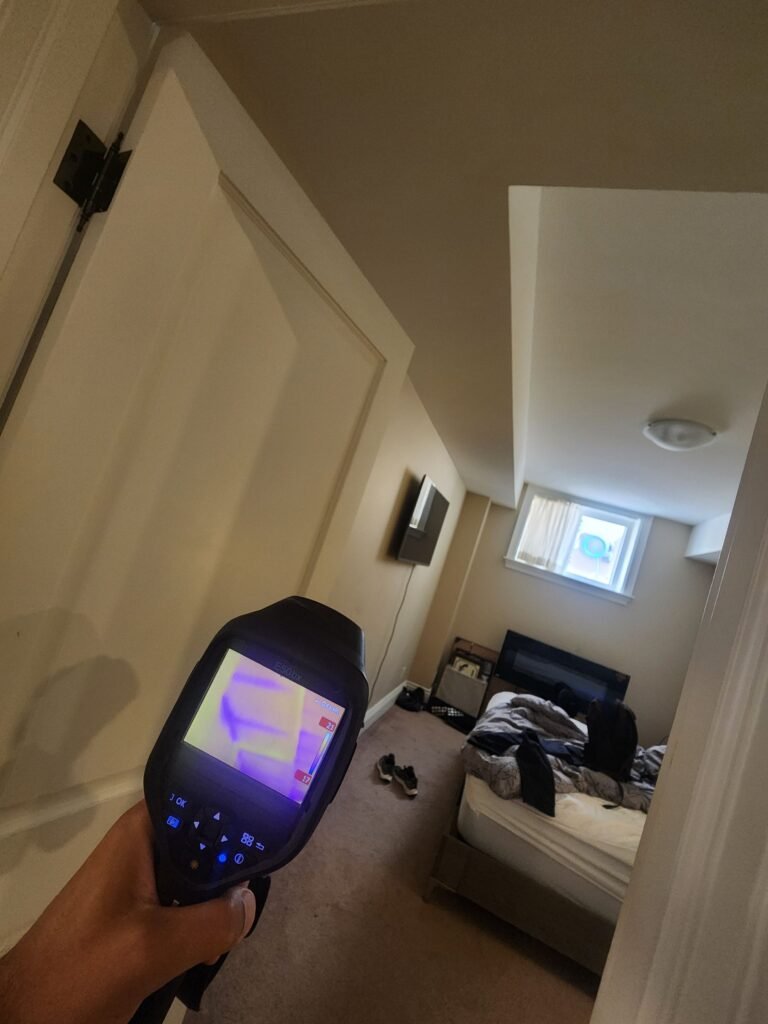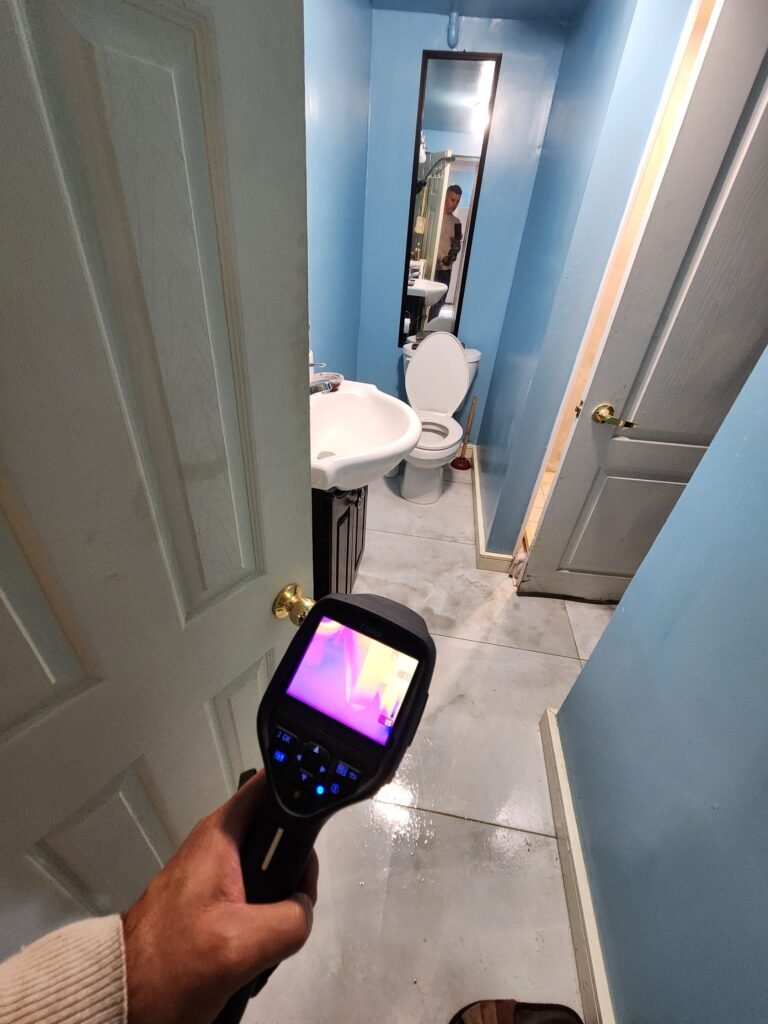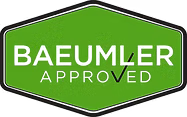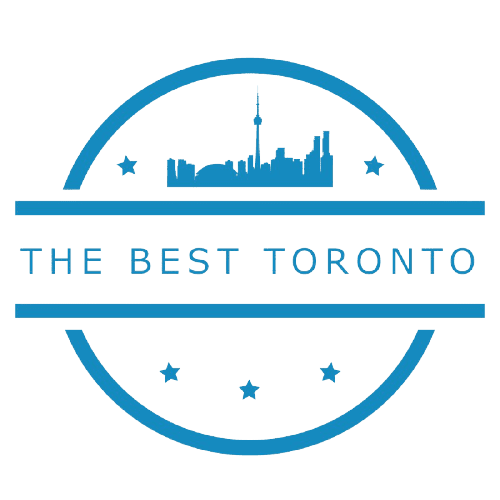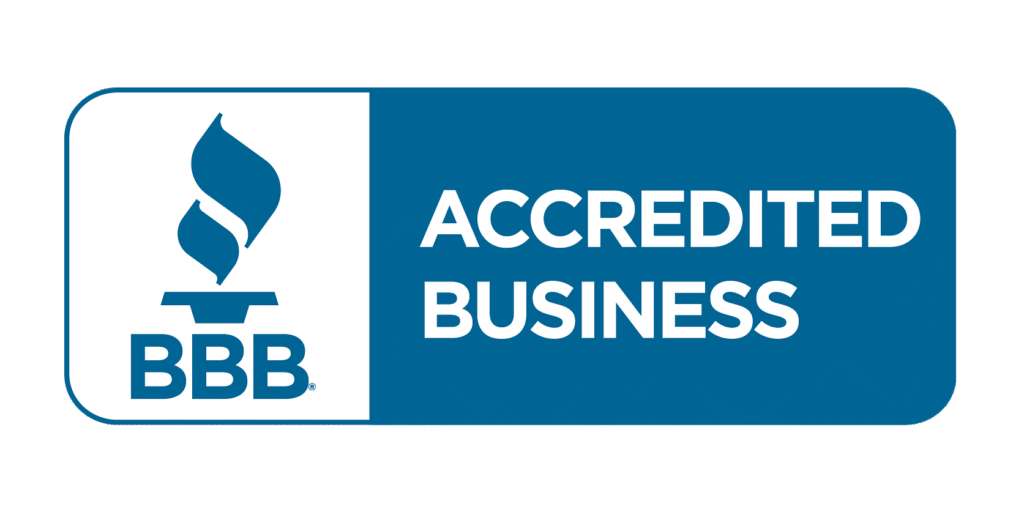Mold Health Risks Toronto
Mold health risks can affect anyone who lives in a damp or water-damaged home, whatever their overall health status. Mold spores exist everywhere in our environment and our homes. They can grow on almost any surface with enough moisture. Many Toronto residents don’t realize these tiny fungi can cause serious health problems from mold in house as they expand in living spaces. Our immune system reacts in different ways to mold exposure. People often experience sneezing, coughing, congestion, and eye irritation. A mold allergy makes your immune system extra sensitive to mold spores. This sensitivity can trigger uncomfortable breathing problems. Mold exposure poses an even bigger threat to people with asthma. It restricts their breathing and causes other serious airway symptoms. These symptoms are real and affect many homeowners, renters, and employees who work in mold-prone environments each year. This piece explores the specific mold health problem that Toronto residents face. You’ll learn about common symptoms of mold exposure and practical solutions to treat and prevent them. The information here will help you deal with existing mold issues or protect your home proactively. Everything about mold in Toronto Mold is part of the fungi family, just like mushrooms and yeasts. These tiny organisms exist everywhere in our environment and make their way into our homes from outdoor sources. They need moisture to survive and can grow on wallpaper, ceiling tiles, carpets, insulation, wood, and drywall. Common types of mold found in Toronto homes Canadian homes have more than 270 different mold species. Toronto properties commonly have these types: Why Toronto’s climate increases mold risk Toronto has a unique climate that mold loves. Summers are humid with indoor moisture often above 60%. Winters bring cold temperatures that create condensation on walls and windows. The temperature changes between seasons lead to moisture problems. Spring brings melting snow and more rain, which often causes flooding and makes basements more humid. Climate change in some parts of Canada will likely create more indoor moisture. Stronger storms and flooding mean more water gets into buildings. This creates damp conditions where mold thrives. Difference between toxic black mold and other types Many molds look dark, but Stachybotrys chartarum (toxic black mold) stands out as the most important concern. Toxic black mold makes mycotoxins that can cause serious health issues. It needs areas with long-term water damage to grow. Other molds, like Cladosporium can grow in both warm and cold places. Toxic black mold health problems are important to understand, before it’s too late. These non-black varieties come in green, white, blue, or gray colors. They can cause breathing problems and allergic reactions. This is an important issue. It means that people sensitive to mold must be careful of all types, not just the black ones. Symptoms and health effects of mold exposure Your health reactions to mold can vary based on the mold type, how long you’re exposed, and your sensitivity level. Even healthy people can get sick from long-term contact with mold spores. Common mold exposure symptoms The first signs of mold exposure usually affect your breathing. You might start coughing, wheezing, or notice a stuffy, runny nose and sore throat. Your eyes could get irritated, and your skin might feel dry and itchy. Some people develop rashes. Health authorities report that 3-10% of people are allergic to mold. Mold allergy vs. mold toxicity symptoms Mold allergies trigger quick immune responses through IgE antibodies. This leads to sneezing, watery eyes, sinusitis, and sometimes asthma attacks. You experience it when certain molds expose you to mycotoxins. The symptoms can look like other health problems: constant headaches, unusual tiredness, achy joints, and stomach issues. Each person reacts differently to mycotoxins, which makes it hard to diagnose. How mold affects people with asthma Mold creates serious risks if you have breathing problems. Asthma sufferers often find their symptoms get worse after breathing in mold spores. COPD patients need antibiotics and doctor visits. Research shows that activities that might expose you to mold can lead to worse COPD outcomes. Cognitive and neurological symptoms of mold toxicity Brain-related effects often go unnoticed. Research links mycotoxin exposure to several cognitive issues including: Studies show mycotoxins can disrupt brain function by interfering with nerve signals. Research has found that breathing in mold can inflame the hippocampus and might slow down new brain cell growth. These brain symptoms creep up slowly. Without proper testing and diagnosis, you might not connect them to mold exposure. How mold is diagnosed and treated The right diagnosis lays the groundwork to treat mold effectively. A systematic approach from medical and environmental views helps identify mold-related illness because of its varied health effects. When to see a doctor for mold symptoms Your doctor needs to know about symptoms that get worse in certain environments. You should see a doctor if you have ongoing breathing issues, unexplained headaches, or tiredness in certain places. People with asthma, breathing problems, or weak immune systems should not wait to get medical help. Mold exposure can put them at a higher risk. Allergy testing and blood tests Doctors usually start with a full medical history and physical exam to rule out other conditions. Two main tests help diagnose mold sensitivities: Home mold inspection and environmental testing The CDC and EPA don’t recommend routine air sampling for mold, contrary to popular belief. Professional inspectors typically follow these steps: Note that federal limits don’t exist for acceptable mold levels. Visible mold growth usually gives enough evidence to start cleanup without costly testing. Medical treatments and symptom relief options Your symptoms’ severity and type determine the treatment approach. Common medications include: Serious cases might need immunotherapy (allergy shots) to provide long-term relief for specific mold allergies. On top of that, nasal irrigation with saline solution helps clear irritants. You must eliminate the mold source during treatment, or your symptoms will likely come back. Preventing mold growth in Toronto homes You can prevent mold much easier than dealing with health issues after it starts growing. Your control over the indoor environment plays a vital role in keeping Toronto homes free from mold. Managing humidity and ventilation The


